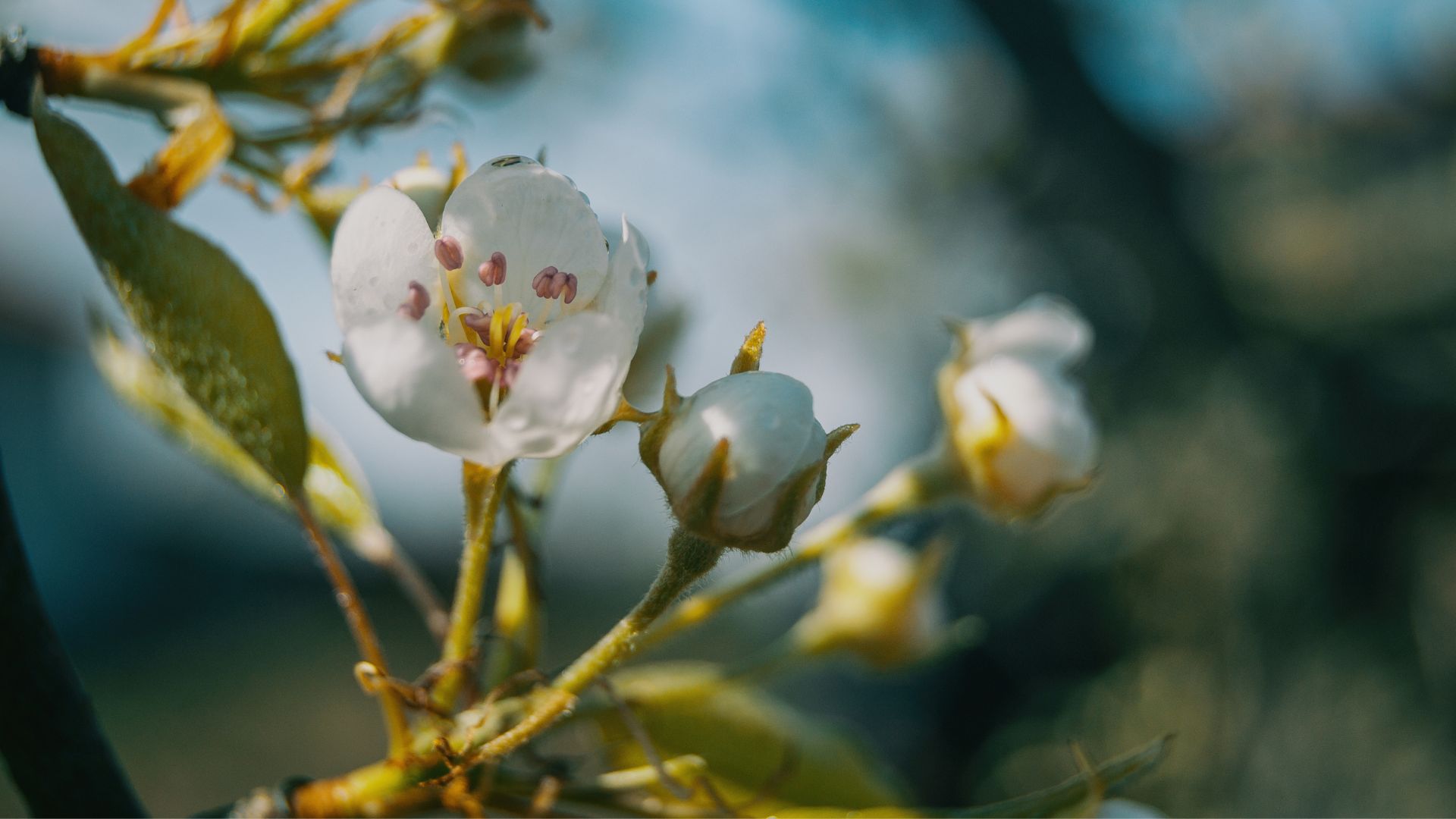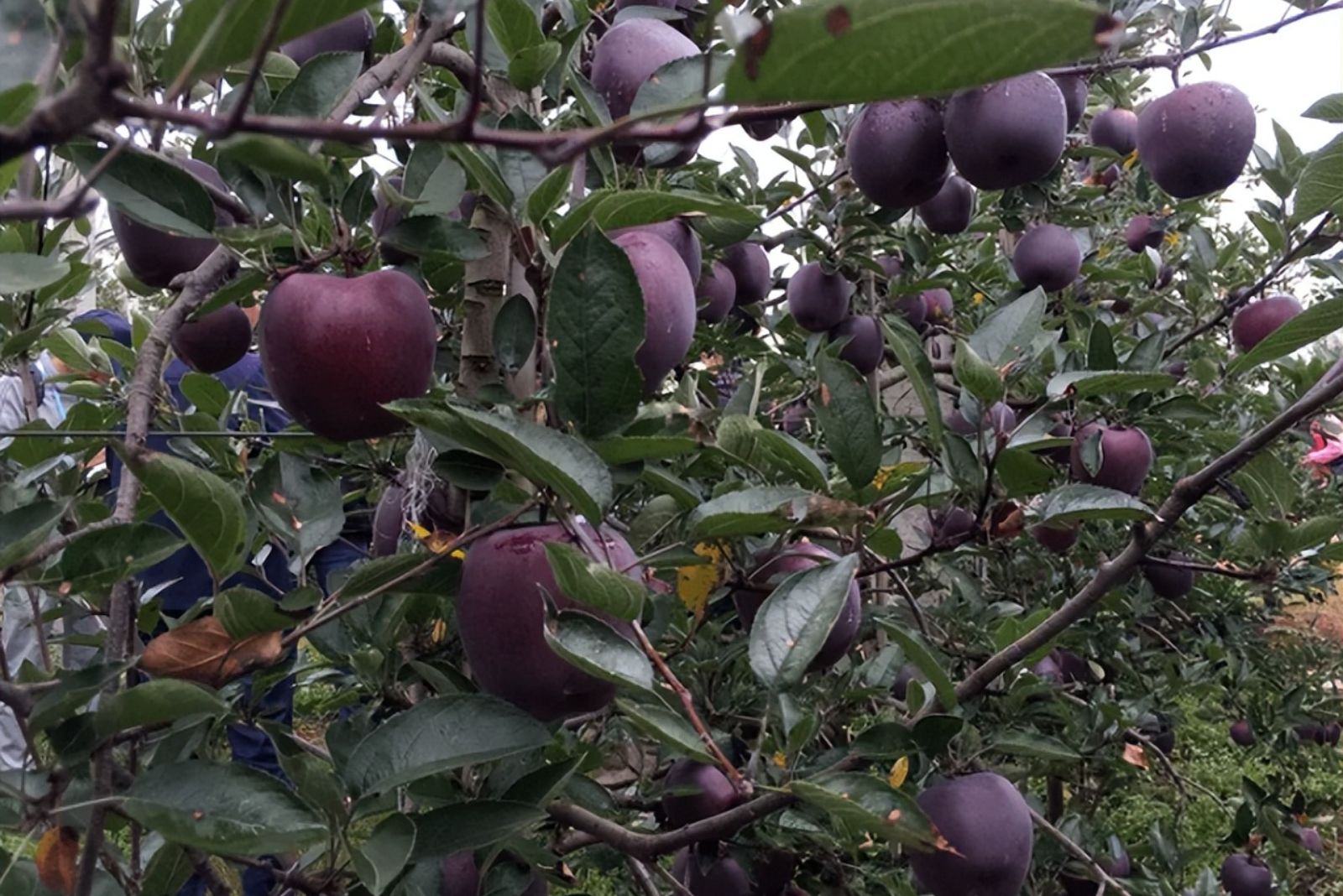Hey, plant enthusiasts! I have something special for you: a plant species that enchants people worldwide because of its breathtaking appearance and rarity: the black diamond apple tree!
But is this unique apple the unicorn of the plant world? Where can we find it? How to grow it? There are so many questions that need to be answered, so let’s get started ASAP.
Does It Really Exist?
YES! This plant is real and has its own characteristics regarding shape, flavor, and color.
The most unique feature of this species is the almost black color; a purple hue that’s very deep and appears to be black at first sight.
The chance you’ve seen a black diamond apple is really low and many haven’t even heard of it. It’s the hardest species to find in the apple world. You can find them growing in remote locations, making them even more desirable.
What Does It Taste Like?
You’re probably wondering if this apple has a special flavor. The meat is white and has a heavenly taste that’s even sweeter than most other apples.
It contains a high concentration of glucose and it’s actually a type of the more popular species known as the Chinese red delicious.
Native Habitat
I believe you won’t be surprised by the fact that these species aren’t grown in many regions of the world. Its native habitat is Tibet, particularly the area known as Nyingchi.
You can find this apple in some gardens of rare plant hunters or growers who like a challenge.
The black diamond takes 8 years to reach its mature stage and has high care requirements, and these are the main reasons why farmers avoid growing it.
There isn’t much information available on the status of this tree in the past. We have to thank social media because they’re responsible for these apples gaining their popularity.
Well, these fruits are, indeed, very mysterious, and the fact that many people haven’t seen them in person only adds more interest.
Black Diamond Apple Benefits
When it comes to plants that come in this color, the vast majority are actually poisonous so it’s no wonder many think the same for black diamond apples.
But the color of this apple comes from the surrounding environment, not from the toxic elements inside it.
These fruits are perfectly safe for consumption and you can eat them raw! They’ll make a perfect addition to many dishes due to their distinct sweet flavor.
Just like all apple species, the black diamond has a high nutritional value and many health benefits. (1)
The Costs
If you want to purchase this type of apple tree, I have to warn you that it’s not an easy task. Additionally, your gardening skills must be perfect to keep this plant healthy.
It’s always better to start it from seeds. The seeds aren’t widely available and can only be found on a couple of specialty sites online.
If you’re lucky enough to find them, you’re gonna need to pay about $15 for just a couple of seeds.
The fruit itself is also pricey and the only way to buy it is if you happen to be in Asia. Some high-end stores sell them and the price may vary from $7 to $20 per fruit.
A Complete Growing Guide
[table id=767 /]
As mentioned, maintaining these apples won’t be easy for inexperienced growers. Even master gardeners may struggle. Your main goal is to ensure conditions that are similar to those found in the native habitat of black diamond apples.
Let’s see what that means.
Planting
The ideal temperature for this type of apple is around 80 degrees Fahrenheit. It won’t grow well in climates where temperatures drop below 30 degrees too often.
The essential thing to ensure prior to planting is suitable space. These trees can reach 12 to 25 feet tall, so you should leave space around the tree the same as their expected mature height.
There shouldn’t be trees too close to the black diamond apple because they’ll compete for sun and water.
If possible, add more of these trees to your yard to increase the chance of pollination. You can also combine it with other species, such as the Red Delicious.
Sunlight, Soil And Watering
These apples must receive enough full sun to develop healthily. They actually get their unique dark purple hue from the UV radiation emitted from the Sun.
These plants are native to mountainous regions, so they’re used to free-draining soil types. It should never sit in standing water, so if your soil doesn’t drain well, add some horticultural sand or rocks to improve drainage.
The soil should be kept moist, so if you live in a region with heavy rainfall, your apples will grow perfectly fine.
Pruning
Since this is a tree species, it should be regularly pruned. Luckily, we do it the same way we would with other common apple plants.
The best time to prune the black diamond apple is in late winter or the earliest part of the spring.
When pruning, remove all damaged, diseased, or discolored branches and cut off the tree ends to encourage new, healthy growth.
Pest Management
Pests may create a lot of problems for these rare apples. All insects that typically affect fruit trees in North America can attack your black diamond apple.
It’s very hard for this tree to fight these pests, so regular inspection is obligatory. Pest control may include chemical pesticides; I know you want to avoid using chemicals but this can be the only way to protect this apple tree.
The black diamond apple tree is a true diamond in the plant world. It’s hard to find and has very high growing requirements, but I believe it’s worth every second you spend caring for it; the black fruit color definitely isn’t something you expect to see in any garden!!!
References
1. Boyer, J., & Liu, R. H. (2004). Apple phytochemicals and their health benefits. Nutrition Journal



